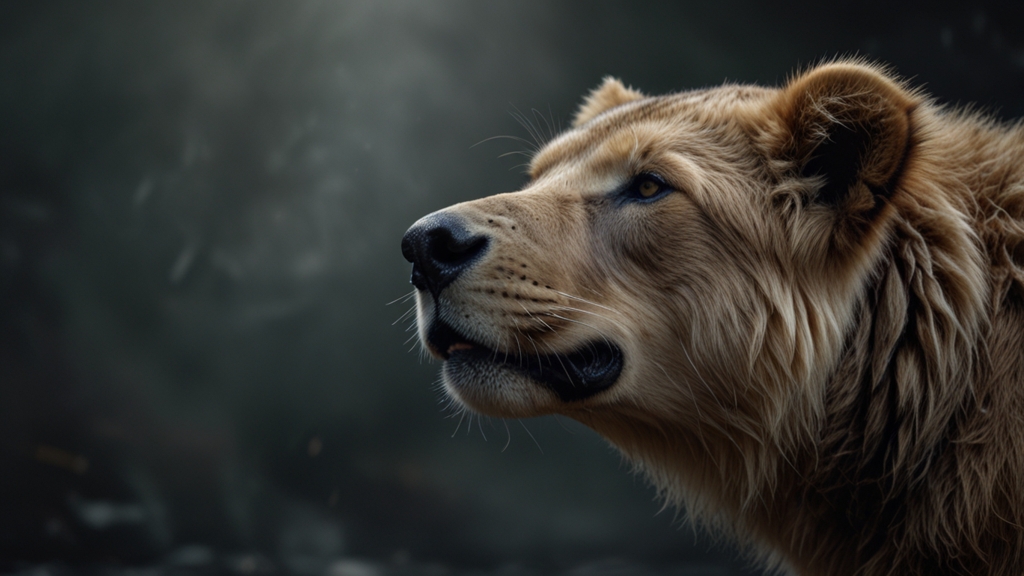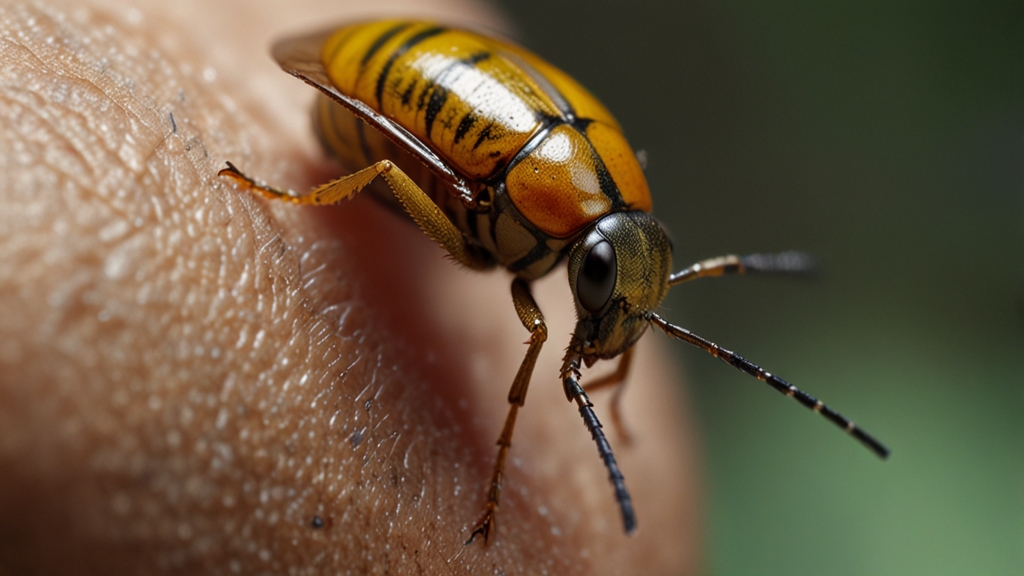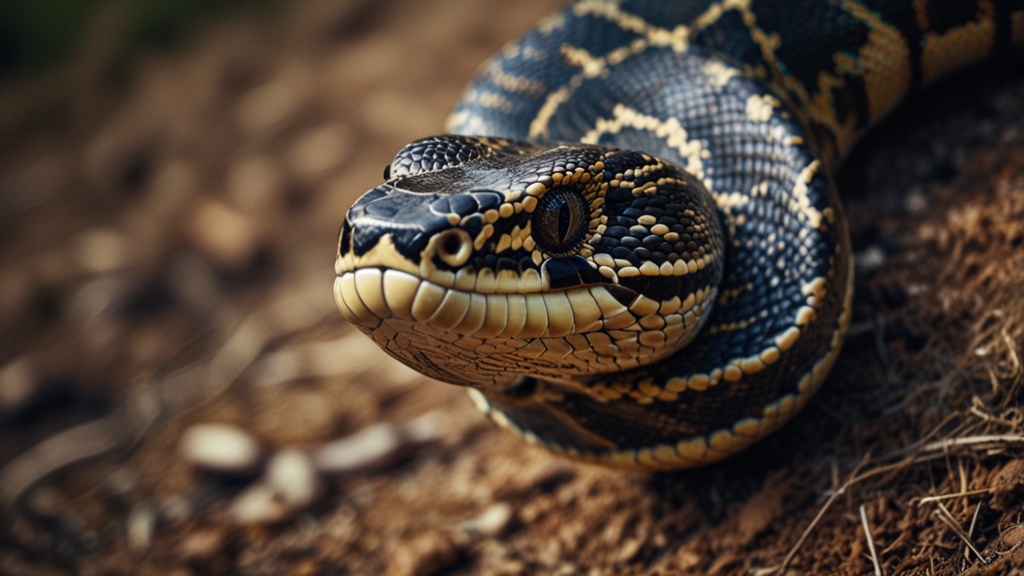Together We Stand: Global Movements Making a Difference for Animals
In an ever-changing world, the plight of animals has often been overlooked, but not anymore. Across continents, people are coming together to form global movements aimed at addressing the various challenges faced by animals, from habitat destruction to poaching, neglect, and abuse. These movements are fueled by a shared commitment that emphasizes collective action and the belief that together we can make a significant difference.
Animal Welfare Organizations
Several influential animal welfare organizations have emerged as beacons of hope for animals worldwide. Groups such as the World Wildlife Fund (WWF), People for the Ethical Treatment of Animals (PETA), and the Humane Society International (HSI) work tirelessly to protect endangered species, promote ethical treatment, and enforce laws against animal cruelty.
"The greatness of a nation and its moral progress can be judged by the way its animals are treated." — Mahatma Gandhi
These organizations engage in various activities such as rescue missions, conservation projects, and policy advocacy. Through collaboration with governments, local communities, and other NGOs, they strive to create a better world where animals can thrive in safety and dignity.
The Power of Social Media
In the digital age, social media has proven to be a powerful tool in raising awareness and mobilizing support for animal rights. Hashtags like #SaveTheElephants, #StopAnimalTesting, and #AdoptDontShop have gone viral, uniting millions of people around the globe in solidarity with animal welfare causes.
"The only thing necessary for the triumph of evil is for good men to do nothing." — Edmund Burke
Campaigns and petitions circulate rapidly online, amassing signatures and donations at an unprecedented rate. Platforms such as Facebook, Instagram, and Twitter are essential in giving a voice to the voiceless, spreading vital information, and encouraging everyday individuals to participate in advocacy efforts.
Community-Based Conservation
Grassroots movements and community-based conservation projects play a crucial role in protecting local wildlife. By involving local communities, these initiatives foster a sense of ownership and stewardship over natural resources. Such programs often include educational campaigns, sustainable agriculture practices, and eco-tourism, which provide economic benefits while ensuring the protection of the ecosystem.
Examples of successful community-based conservation include the Black Mamba Anti-Poaching Unit in South Africa and the Snow Leopard Conservancy in Central Asia. Both organizations empower local people to take active roles in safeguarding their wildlife heritage, thereby creating a sustainable model for long-term conservation efforts.
Legislative Change
An essential aspect of global animal movements is influencing legislative change. Advocates tirelessly lobby for stronger animal protection laws and the enforcement of existing regulations. Major legislative victories have been achieved thanks to concerted campaigns, including bans on cosmetic testing on animals in many countries, the outlawing of shark finning, and heightened penalties for wildlife trafficking.
"Until one has loved an animal, a part of one's soul remains unawakened." — Anatole France
These legislative changes not only provide immediate relief to animals but also pave the way for a more humane and just future. By setting legal precedents, they encourage other nations to adopt similar measures, thereby expanding the reach and impact of animal protection efforts.
Conclusion
The global movement for animal welfare is a testament to what can be achieved when people unite for a common cause. Organizations, communities, and individuals are making significant strides in addressing the myriad challenges faced by animals today. Through continued collaboration, advocacy, and awareness, we can ensure a brighter, safer future for all living beings. Together, we stand strong, and together, we make a difference.











